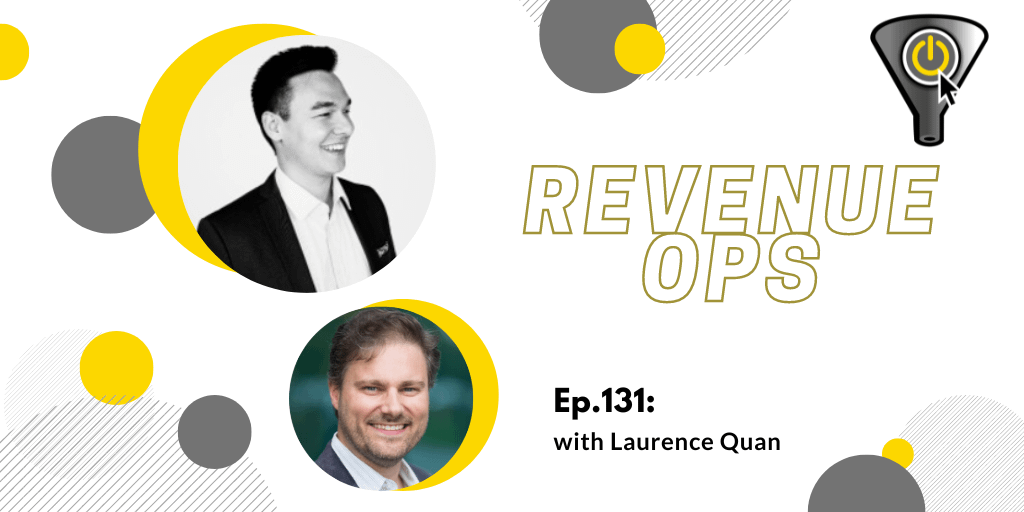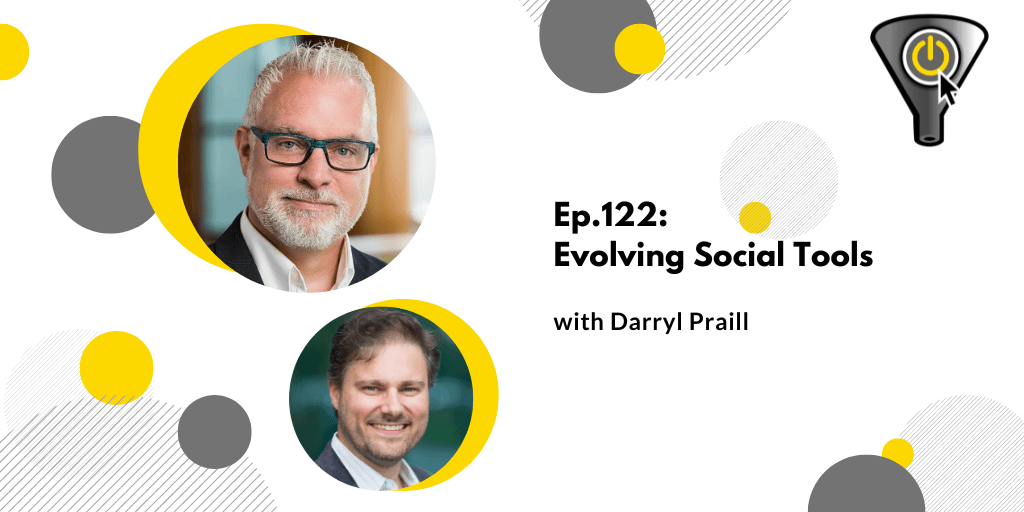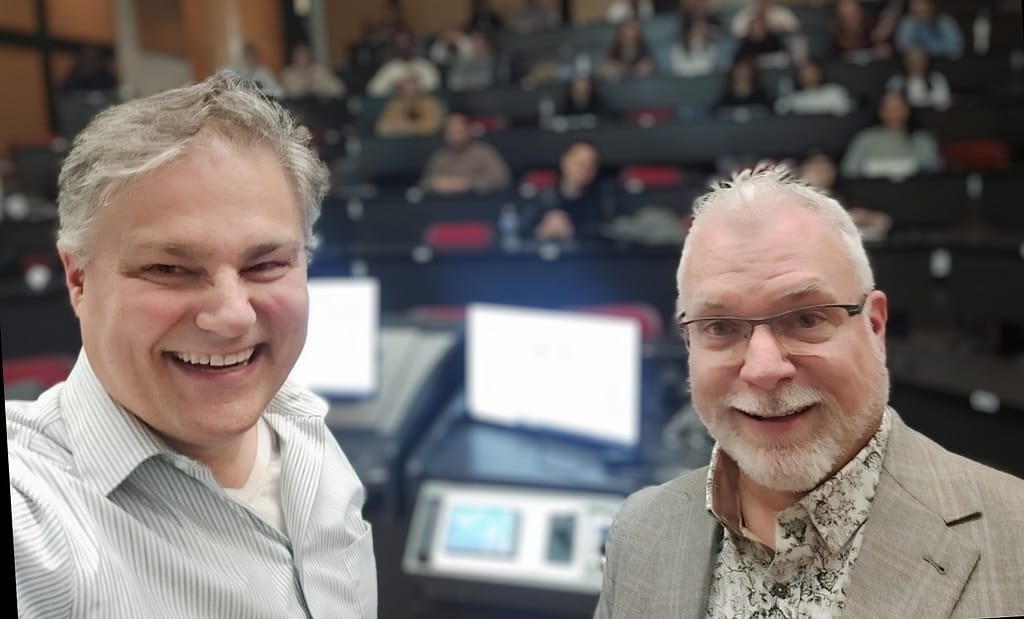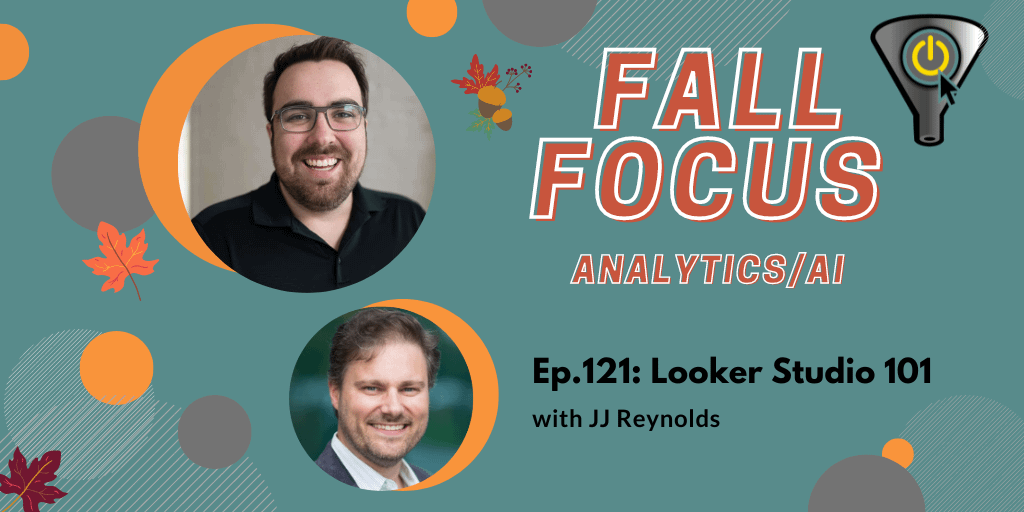Sales has been around forever. But how long have we had marketing? In North America, it’s the late 1800s and early 1900s.
You’d get an idea of what they were focused on by reading the journal of the US agricultural economics Bureau. In it, they chronicled the 1937 annual meeting the National Association of marketing officials (You may know it by its current name, the American Marketing Association). The proceedings were entirely about the marketing of… farm products. Producing and selling as many commodities as possible, to as many regions as possible.
Despite being in just one category, this assembly of academia and Industry was trying to formalize how this function would blend in with the other departments, like sales, within the average American business. Fast forward nearly a century, there seems to be a new framework on the horizon for how the marketing and sales functions should be organized – and it’s called Revenue Operations. The purpose of this four part series is to go inside businesses where it’s being used and listen to thought leaders who have written about it.
For this first episode of the series, we going into the trenches with someone possessing a diverse blend of experience spanning Revenue Operations, Marketing, Sales, and Product, Lawrence Quan brings a holistic view of revenue to startups of all stages.
He is Director, Growth Marketing with LTSE. He has also built growth teams at Rewind and led Growth Marketing at Clearco. On the side, Lawrence works with seed, Series A, and Series B SaaS companies to build and scale go-to-market engines.
Listen to the various places he’s seen RevOps in organizations but wherever it sits, he stresses that it is a team sport. Hear how a revenue-focus gets infused into the Marketing Mix, and how the best marketing ideas don’t always come from marketing.
People/Products/Concepts Mentioned in Show
Lawrence’s LinkedIn profile








